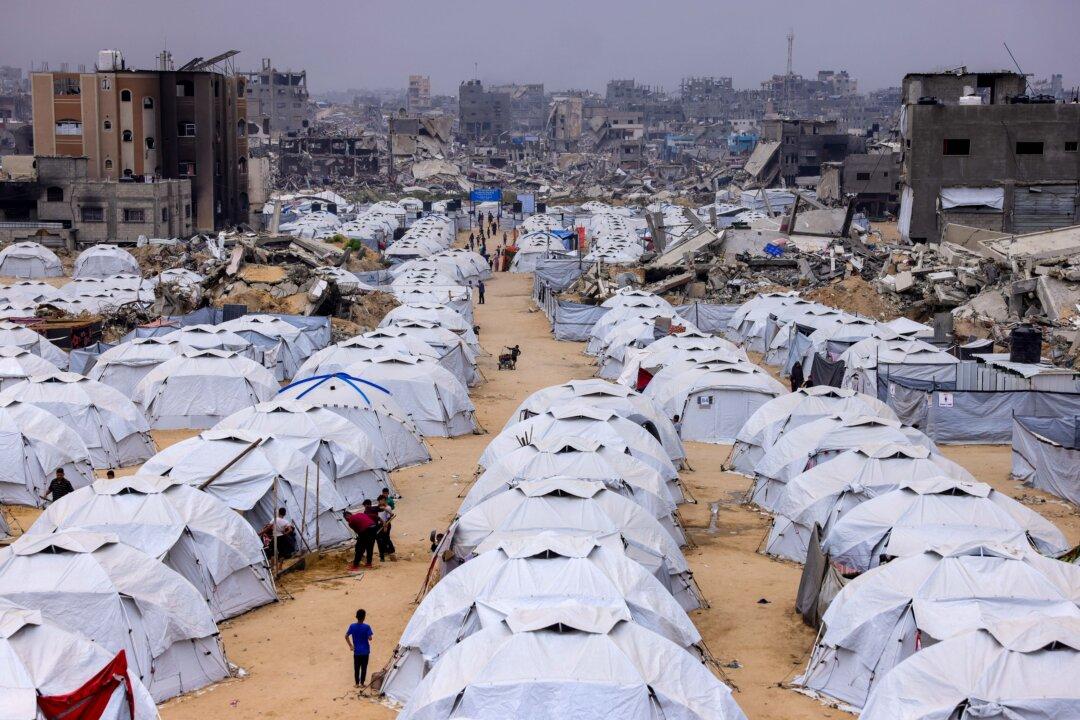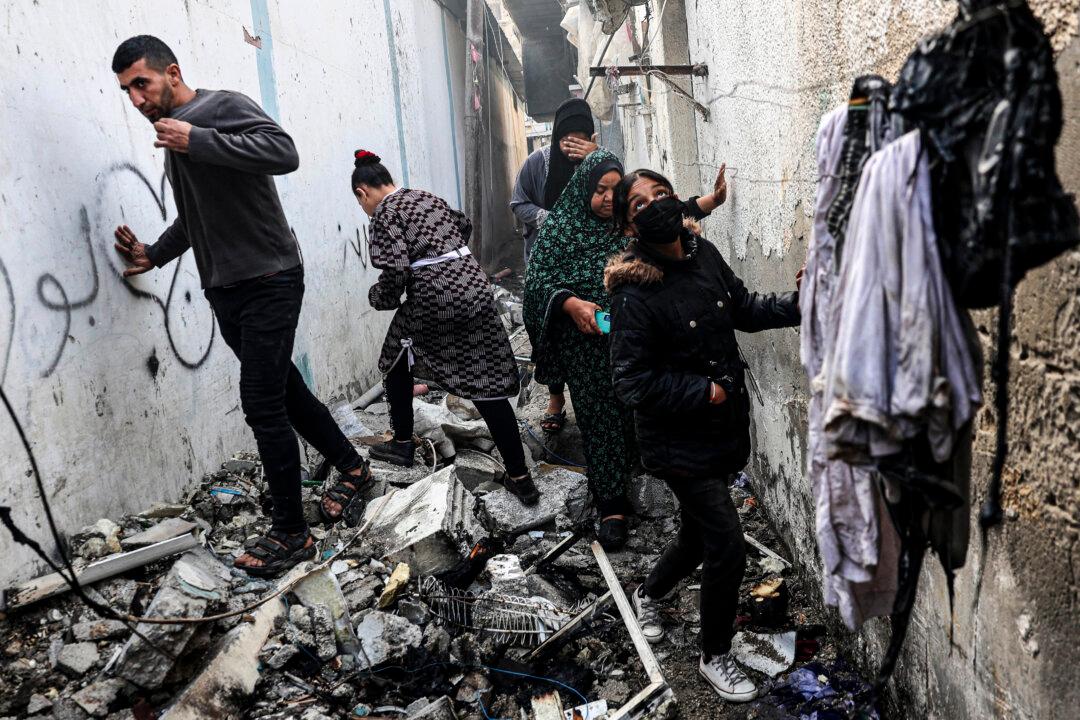Israel’s defense minister said the Israel Defense Forces (IDF) will remain in what Israel calls security zones indefinitely in the Gaza Strip, Lebanon, and Syria.
“Unlike in the past, the [Israeli military] is not evacuating areas that have been cleared and seized,” Israeli Defense Minister Israel Katz said in a statement on April 16.
The troops would remain in those areas “as a buffer between the enemy and [Israeli] communities,” Katz said, according to the Associated Press.
He made the statement amid stalled negotiations for the return of remaining hostages taken by Gaza-based terrorist group Hamas during its Oct. 7, 2023, attack on Israel.
A Hamas official said on April 15 that any cease-fire deal must include a complete Israeli withdrawal from Gaza, according to Al Jazeera.
The IDF has seized more than half of Gaza after renewing its campaign there against Hamas.
A two-month cease-fire ended on March 18 after the breakdown of negotiations to extend it and swap more hostages for Palestinian prisoners held by Israel.
The moves have displaced about 90 percent of Gaza’s 2 million people. Many live in tent encampments.
The army has signified areas held on all three fronts with strategic importance, points from which it has already shown reluctance to withdraw.
In Gaza, Israel regards the Philadelphi Corridor along the Gaza-Egypt frontier as essential in stopping arms smuggling to Hamas.
Even during the cease-fire, despite withdrawing from most of the strip, the IDF maintained a narrow strip of land along the entire Gaza–Israel frontier.
In southern Gaza, the army occupied land between Rafah and Khan Yunis to establish another zone, one it calls the Morag Corridor, running from the Israeli frontier to the sea, to further hinder the movement of arms and enemy fighters.
It has reoccupied the Netzarim Corridor through the middle of the strip, which was established during the first 15 months of fighting but vacated during the cease-fire.
In Lebanon, in its cease-fire with terrorist group Hezbollah, the IDF has kept five points on Lebanese soil along the Israel–Lebanon frontier.
Military strategists describe them as high ground, giving the army a better view into southern Lebanon to ensure that Hezbollah isn’t reinserting forces there in violation of the cease-fire terms.
In Syria, as the government of President Bashar Assad fell in December 2024, the IDF quickly occupied a 155-square-mile buffer zone along the Israel–Syria border, including key military positions like Syria’s base on Mt. Hermon overlooking Israel’s Golan Heights.
The Israeli government stated that it acted to prevent the territory and military bases from falling into hostile hands while Syria was in disarray.
Hamas has sought to negotiate Israel’s complete withdrawal from the Gaza Strip.
Israeli Prime Minister Benjamin Netanyahu’s government has demanded the end of Hamas as a military and administrative force in Gaza.
Elements in his coalition pushed for the resumption of fighting to further destroy the terrorist group, which has run Gaza since 2006.
Katz alluded to the value of ground held by the IDF in an April 15 speech while he and Netanyahu visited troops in northern Gaza.

“This is the way we do things and these are our lessons.
“We will never allow such an enemy to threaten the communities and our citizens.”







